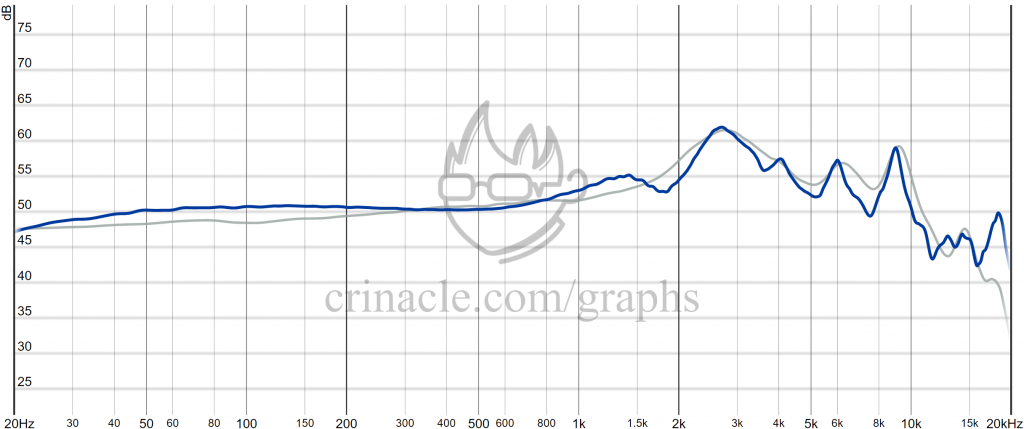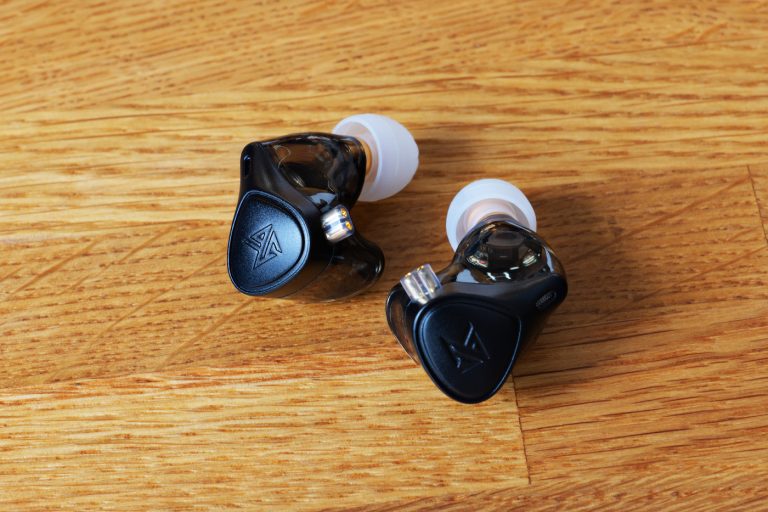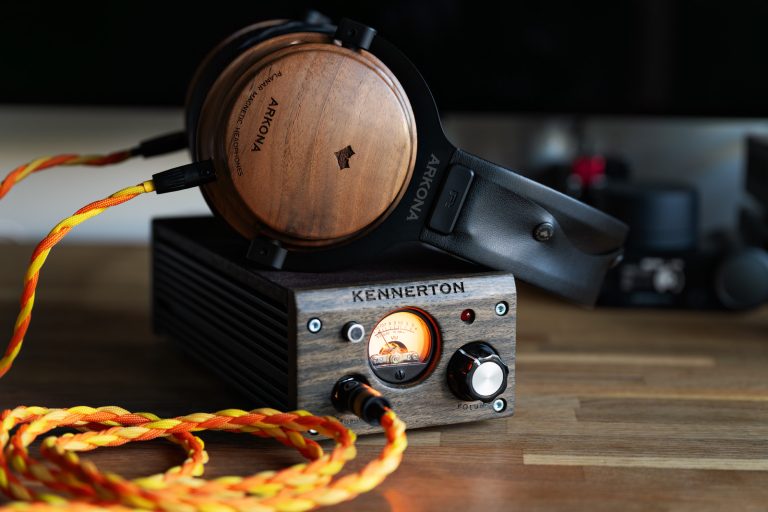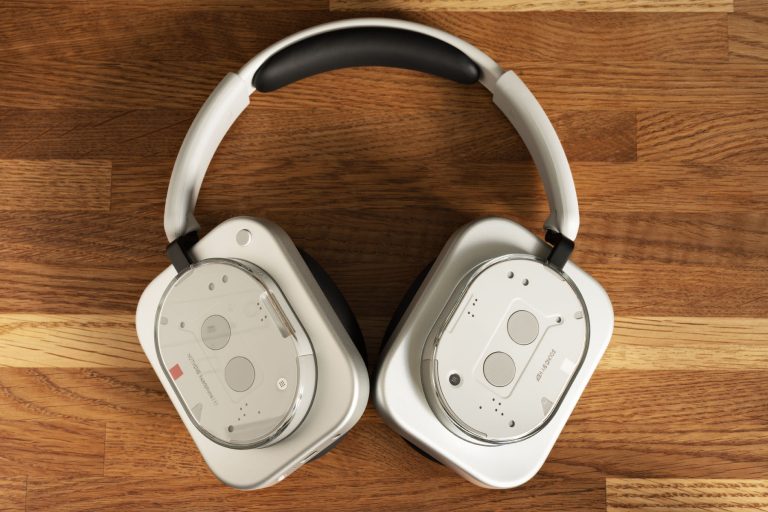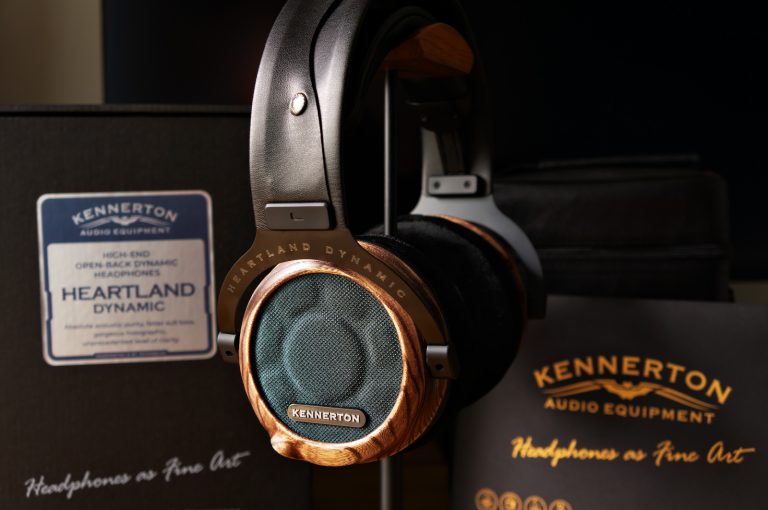Focal Utopia review
I’d start this post with ‘Here I am — finally got those legendary headphones for the test!’, but no, let’s wait a bit.
Focal Utopia are not just legendary, they’re a subject of heated discussions in the world of audiophilia and melomania. Almost every Utopia review is usually posted under such titles as ‘Probably the best headphones in the world’, ‘Still the best in 2020?’, ‘Detailing benchmark headphones’, ‘Melomaniac’s dream’, etc. These headphones take pride of place in the Wall of Fame of the reputable innerfidelity website, and the first (01.2021 – second) place in the personal list of Crinacle — the well-known audio equipment reviewer.
In other words, the Focal Utopia are, in the opinion of many, not just very good headphones, they’re a symbol, an object of desire and an unattainable standard of sound quality. And, since the cost of Focal Utopia may only be described with obscene words, I feel like nagging at them in every way possible. Because everything in headphones with such a price tag should be just perfect.
I actually have a lot of questions about the build.
There are Lemo connectors used. These are self-locking, and you need to pull the spring-loaded ring to pull them out. So, the connectors are, well, slack in their respective jacks. The connectors go loose with even a slight effort applied. Just so you know, you can’t stir the connectors at all once you’ve inserted them in Sennheiser HD800, or in Meze Empyrean. And in Focal Utopia these are a bit wiggly.
The soft headband lining is perforated in the part adjacent to the head, that is, there’s no way you’ll properly wipe or otherwise clean the bitch. Moreover, it’s not even removable. Again, let’s take a look at the HD800/800s/810, where the lining may be replaced (because the manufacturer actually gave it a thought). And the Meze Empyrean have just a piece of leather where the headband rests on the top of your head, so it’s very easy to clean. What do you think the Focal Utopia owners should do to extend the life of their headphones? Some suggest wrapping the headband with special clothes that can be simply washed.
The headband or, to be more accurate, the extendable yokes holding the earcups, are made of carbon and are objectively perfect. There are no hinges to turn the earcups vertically, though — I mean, you can turn the earcups, but just a little. The numbered marks to set the most comfortable position (if accidentally displaced) are also nowhere to be found.
The earpads are replaceable, easily removed from the earcups, although the fastening mechanism isn’t as elegantly simple as in Meze Empyrean. Focal opted for unsophisticated plastic pins on one side and holes on the other. The problem is that the earpads are also perforated, that is, it’s pretty difficult to properly clean them from sebum. The new branded earpads cost $300, while the new non-branded ones, for example, from Decony (for $100), considerably alter the frequency response. Just look at the measurements given right on the manufacturer’s website.
Otherwise, everything looks good, the parts are neatly painted and fitted together. I would give the fit a solid 4/5 compared to Meze Empyrean, which in their turn deserve 6 points out of 5. The overall impression of the design is that the manufacturer made the headphones all pretentious and expensive, but forgot completely about the details and the real use experience.
Oh, by the way, I forgot to mention the weight: it’s almost half a kilogram — rather heavy, huh?
Everybody also complains about the cable: it’s too long and thick, too heavy, too black, and everything is wrong with it in general. Though for me, it’s quite an okay cable, I can’t see any problem.
Technical specs:
- impedance: 80 Ohms;
- sensitivity: 104 dB;
- reproducible frequencies: from 5 Hz to 50 kHz.
The frequency response and impedance (based on measurements from the reference-audio-analyzer.pro website):

That is, we can confidently state that when using an amplifier with high proprietary resistance, the bass and the sub-bass are both more distinctive, and if your amplifier sports some nearly zero resistance, then the opposite is true. The peak at 6 kHz may confuse you: like, it wouldn’t work out as with the HD800, but no, this peak is actually much lower:
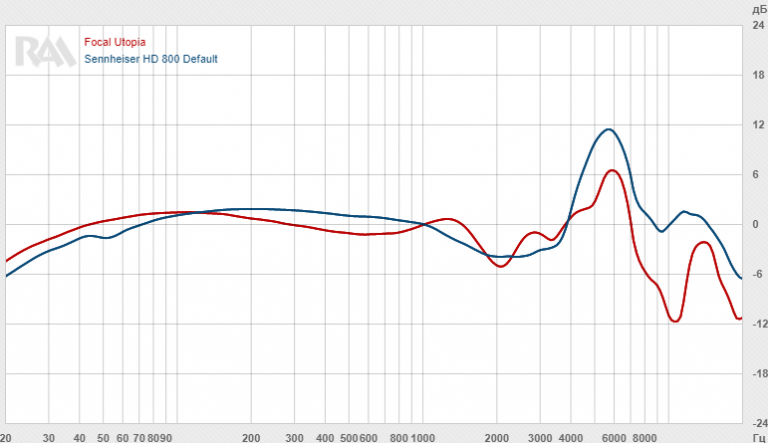
The cumulative range:

As you may see, everything could be a bit better in the 1000-3000 Hz range, although with some decent amplifier, it’s unlikely to be really audible.
It’s also worth adding that, judging by the innerfidelity measurements, these headphones feature veeery little distortion:
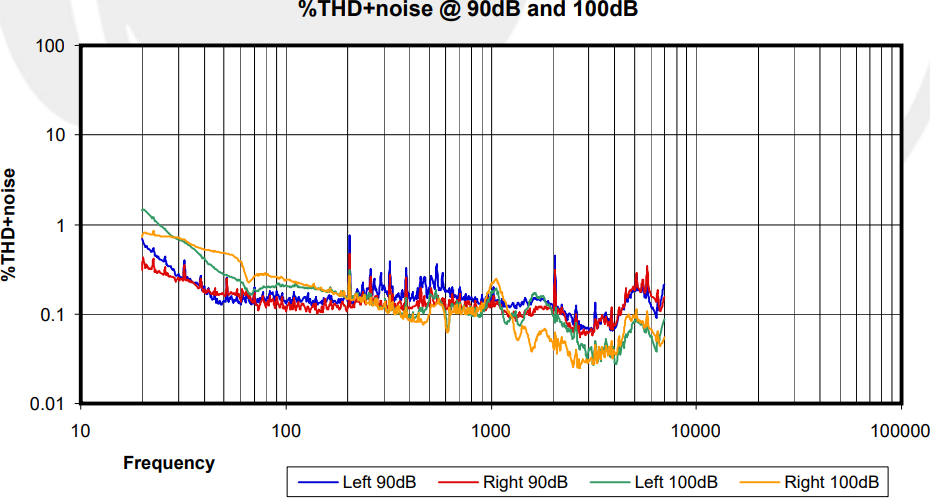
It’s not that I fully understand how to interpret this diagram, though.
By the way, there’s a story behind measuring the Focal Utopia specs. In short, the innerfidelity experts assessed 7 pairs of headphones of that same model and found out that their parameters differ. ‘We can explain you the reason of these differences between the quality control’, Focal said and promised to pay more attention to quality and control. Since the end of 2017, no one has ever brought up the headphones-to-headphones differences, but technically speaking, no remeasurement was made to check the fact. Moreover, given the extremely contradictory reviews about the Focal Utopia sound features, I suspect that the manufacturer didn’t bother to rectify the issue since then. We can only hope that I got a pair of headphones that sounds at least close to the original idea.
Now to the sound that caused all the fuss. I’m testing the Focal Utopia with the ADI-2 DAC.
The first time I listened to it, my jaw just dropped because of the extremely accurate detail reproduction, which is surprising given the dynamic drivers inside. The impression is quite similar to the first time you listen to N-driver in-ear balanced armature headphones, which seem to extract much more data from the audio file than you’re used to. All of the parts of all instruments — just every sound is clearly perceptible as if played separately, and you don’t need to struggle to hear them. You can perceive the track as a whole, or you can follow each of its components separately. If you want some examples, then in Tchaikovsky’s Symphony No. 6 (Music Aeterna by Teodor Currentzis) you may discretely perceive each individual performer of the orchestra. Or you may suddenly realize that metal bands like Children of Bodom or Shape of Despair actually sing in their tracks. You may not even know these words in English, but you’ll certainly hear what exactly the soloist is yelling. Another thing to be excited about is the incredible clearness at all frequencies and volume levels. So, in a lot of tracks, I finally was able to tell the quiet and lower-frequency bass parts. Even in the Lorn’s Oxbow B, the ultra-low-frequency bass has finally got some clearness and texture throughout the track. And listening to the Nyctofiliac’s Dark Side of the Mental or Bones the Beat Head’s Nighthawks turned into a real adventure for me.
In my previous review, I compared Meze Empyrean to a scalpel to dig into the guts of a music track. To go on with the medical analogies, then Focal Utopia are a tomograph.
Such a detailing level makes you forget about the .mp3 format. These headphones aren’t just ‘somehow FLAC-ish’ (such an effect is also attainable with significantly lower-end headphones) — the distortions caused by compression simply distract you from listening. And, of course, there are obvious blunders in mixing and processing audible. For example, different instruments (located in kind of the same space) have overhangs of different lengths because of the different reverb settings used. Or distinct distortions, which occur due to overcompression.
The second thing you also notice immediately is the ability of the headphones to eerily accurately position different sound sources within an imaginary sound stage. In the case of Focal Utopia, the sound stage is located as though around your head, so it feels like you’re sitting among the musicians and not in front of them. Each sound source is positioned very precisely both on the X- (from left to right) and on the Z-axis, that is, you can clearly perceive the distance to the sound source, too. Of course, such an effect is especially evident when listening to live recordings, and all sorts of sampled electronic tracks sound just incredibly impressive.
The downside of it is that the imaginary sound stage is reproduced exactly as it was created at mixing/mastering. If a pretty narrow sound stage was built during the recording, as if the track is played in a 10 square meters space, then this is what you’ll be hearing. That is, there’s no spectacular sound volume extension like in the HD800. Incidentally, I certainly wasn’t ready to discover that the Dummy and Portishead albums are mixed closely to mono sound — 15 years of blissful ignorance of mine. The Focal Utopia made it obvious all at once, and I even turned on the DigiCheck to check if I heard it right. And yes, there’s just a vertical line displayed by the goniometer.
The third thing I’d note about these headphones is their insane dynamics. Simply put, the headphones are able to change the volume and the sound density very quickly. All the power metal fast drum parts are played out with a stunning drive, and the usual ‘wall of sound’ effect typical of the so-called heavy music just falls apart into separate clear parts. As for the orchestra pieces, the significant volume changes make you jump out of your skin.
There’s one more particularity about the Focal Utopia: usually, the headphones are only able to reproduce the smaller details or to create a sense of dynamics, but only Focal Utopia can do both at the same time. I have no idea about how it’s done, it’s just some sort of freaking ‘Made in France’ magic.
On the one hand, such a sound delivery gives an extremely clear, fascinating sound picture. The Focal Utopia delivers an extremely ‘tasty’ sound that is both saturated in details and loaded with dynamics. On the other hand, if you listen to the music with Focal Utopia, you’re just unable to do anything apart from it — the sound of such a strong character simply takes all of your attention. I’d put it this way: the Focal Utopia headphones make you listen to what they play for you. Forget about working or reading background music. It’s working or reading that become the background instead.
It may seem logical if such a sound would quickly overload the listener’s brain and cause fatigue after just an hour of listening (see LCD-4). But no, some field testing of mine has shown that even after 6 or 7 hours of continuous listening, there’s not a single hint of desire to pause and rest for a bit.
As for the overall tonal characteristics of the sound, then it can be safely labeled as very close to neutral, which is confirmed by measurements (based on the crinacle.com measurements; the blue line is for the Focal Utopia, the gray one is for the benchmark neutral setting):
Each frequency is represented in just the right amount. Given that, I don’t quite understand where the complaints about the allegedly light nature of the sound or the lack of bass come from. It may be that such people are just used to the V-shaped frequency response.
Now let’s talk about the usual ‘whether Focal Utopia are worth the money’ type of debate.
Talking about the objective pricing (the net cost and all), to be honest, I’m not ready to estimate the cost of materials and labor necessary to manufacture one pair of Focal Utopia. But if we look at the pricing based on the market perspective, then the Focal Utopia sell pretty well for 4 years now, and so it turns out that they’re worth their money.
If you want to know whether you (yes, you) need these headphones, then take my ordinary advice: go and try them (if you have enough money, of course). If you like the manufacturer’s approach to sound reproduction in this model, then it’s very likely that nothing better can be found anywhere at the moment.
In my case, I choose Focal Utopia for the 80% of the music I listen to. For the remaining 20%, the Meze Empyrean are my first choice, since they’re completely different in terms of sound delivery and the overall sound handling. These 20% include, by the way, the good old hard rock, such as Alice Cooper, Scorpions, Manowar, etc., as well as some more or less modern stoner and psychedelic rock bands, such as Colour Haze. I’d suggest that such music wasn’t originally meant to be listened to using ultra-detailed even-sounding headphones: to be honest, the recordings themselves don’t feature any special quality level. Here’s an invaluable tip from me to finish off: be sure to try Focal Utopia if such a chance occurs. It may well happen that you find yourself in extreme need of these insanely expensive, ill-designed, but still infinitely awesome headphones.
Like this review? You can support me on patreon.


